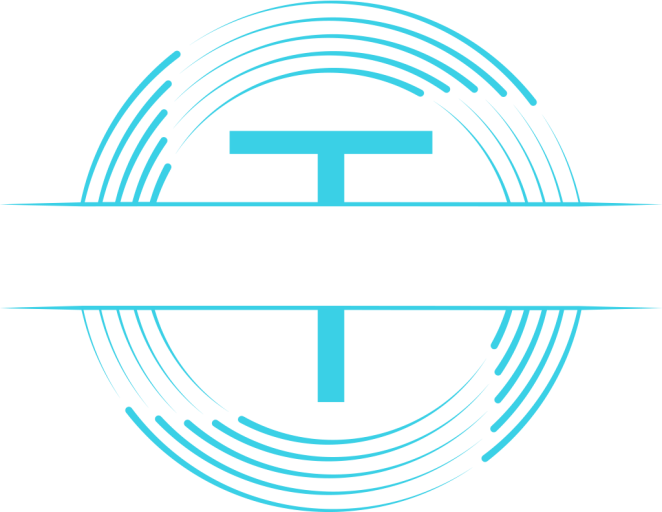
If you're planning to sell anything at auction, understanding the terminology used in the auction world is essential. Not only does it help you feel more confident throughout the process, but it also ensures you're making informed decisions when working with an auction company. Whether you're selling one item or liquidating a full fleet, this guide covers the most important auction terms every seller should know.
1. Consignment
Consignment refers to the agreement between the seller and the auction company. As a consignor, you're authorizing the auctioneer to sell your equipment on your behalf. The auction company markets your items, handles the bidding process, and collects payment—then pays you after deducting commissions or fees.
2. Reserve Price
The reserve price is the minimum amount you're willing to accept for your item. If bidding doesn't reach this amount, the item won't sell. Reserve prices provide some protection for sellers, but should be set strategically—too high, and you may deter potential buyers. Tip: Talk with your auction rep about market values before setting a reserve.
3. Buyer’s Premium
The buyer’s premium is an additional fee added to the winning bid. For example, if the buyer's premium is 10% and the winning bid is $20,000, the buyer pays $22,000. While this doesn't affect your sale price directly, it’s good to understand how fees are structured for buyers.
4. Max Bid
A max bid is the highest amount a buyer is willing to pay for an item in an online auction. Instead of placing each bid manually, the auction platform will automatically bid on their behalf in small increments—only going as high as the limit they’ve set. For buyers, it’s a time-saver and a way to stay competitive without hovering over the auction. For sellers, understanding max bids is important because it can lead to more active bidding and potentially higher final prices.
5. Lot
Each item or group of items up for auction is called a lot. A lot can be a single machine, a set of tools, or even an entire truckload of items grouped together.
Example: “Lot #112 – 2017 John Deere 333G Compact Track Loader”
6. Auction Yard
Most auction companies require sellers to deliver their equipment to a centralized auction yard or sale site. This allows for better organization, inspections, and marketing, and helps buyers feel confident about the condition and legitimacy of the items.
7. Inspection Period
Buyers are often given an inspection period prior to the auction's close, where they can visit the yard and check out equipment in person. For sellers, this means your equipment should be clean, presentable, and in ready-to-view condition. Photos and videos will be taken during intake.
8. Title and Ownership Documents
If you're selling vehicles or titled equipment, you'll need to provide the proper title and paperwork proving ownership. Clear titles streamline the sale process and build trust with buyers. If there are liens or missing documents, communicate that upfront with the auction company.
9. Staggered Closing
In online auctions, lots often close on a staggered schedule—meaning not all items close at once. For example, Lot 1 might close at 10:00 AM, Lot 2 at 10:01 AM, and so on. This gives bidders the opportunity to focus on multiple lots without rushing.
10. Soft Close
A soft close means that if someone places a bid in the final seconds before a lot closes, the countdown clock resets—usually by a couple of minutes. This gives other bidders a chance to respond and helps prevent "sniping." It also encourages fair competition and often results in higher sale prices.
11. Seller Commission
The seller commission is the fee charged by the auction company for marketing, listing, and selling your equipment. This is usually a percentage of the final sale price and may vary depending on the asset type, value, and services provided. Please note that not all auction companies charge a seller commission. Tip: Ask your auction rep to explain commission structures clearly upfront.
12. As-Is, Where-Is
Nearly all auction items are sold “as-is, where-is.” This means the item is sold in its current condition with no warranties or guarantees. Sellers are not expected to make repairs—but it's important to be honest about any known issues.
13. Marketing Period
Before the auction date, your equipment will be listed online and promoted through digital ads, email blasts, auction catalogs, and more. This marketing period is crucial for driving buyer interest and ensuring a strong turnout on auction day. The more exposure your item gets, the better the final price is likely to be.
14. Payment Timeline
After the auction closes, the buyer has a set amount of time to complete payment. Once the auction company receives funds, you (the seller) will typically be paid shortly after—minus any fees or commissions. Ask your auction company what their settlement timeline is.
15. No Sale / Buyback
If an item doesn’t sell (due to not meeting reserve or lack of bids), it’s often labeled a “no sale” or “buyback.” The seller retains ownership and may relist the item in a future auction, remove it, or explore other options.
___________________________
Understanding auction terms helps you navigate the selling process with clarity and confidence. Whether you’re selling construction machinery, vehicles, or industrial tools, knowing the lingo makes you a more informed and prepared consignor. If you’re ready to list your equipment, take the time to talk with your auction rep, ask questions, and review your consignment agreement carefully. With the right preparation—and knowledge—you’ll set yourself up for a successful, profitable auction experience.




